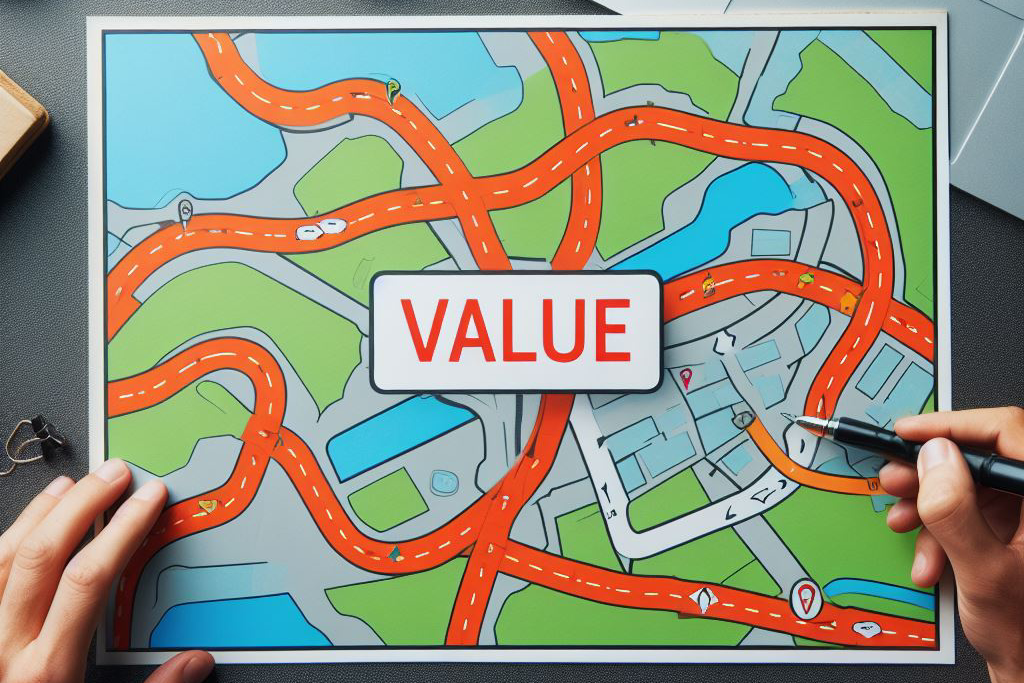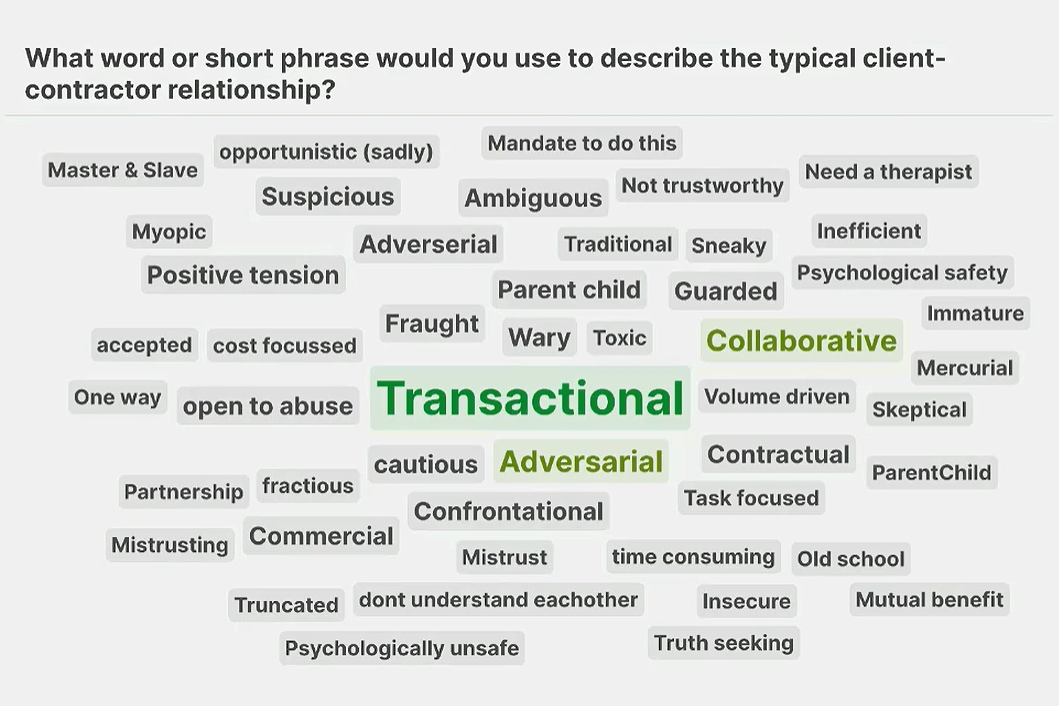Value Journeys
Any organisation that wants to change the status quo in any way is – by definition – on a journey from where it is to where it wants to be:
- Through its own unfolding Lifecycle.
- With, and relative to, other organisations in their Ecosystem (supply chain, alliances, collaborations, etc) – each of which has its own unfolding lifecycle.
The lifecycle dimension is confirmed by how ‘maturity assessments’ feature in countless spreadsheet, survey and workshop instances.
The ecosystem dimension is reflected in the underlying (often unconscious) need to consider and understand an organisation’s maturity ‘relative’ to others in the ecosystem (typically manifested as top-down attempts to establish control, which ultimately don’t work).
Value Management supports the overall journey that each organisation is on with smaller “mini-journeys” – Value Journeys – that move it some way towards its desired destination. Each Value Journey:
- Achieves a recognisable real-life goal or resolves a particular real-life issue.
- Is assembled from a series of Value Paths, each of which represents a milestone or useful deliverable in its own right (e.g. a new asset, capability or “skill”), and each of which “lives” within a Value Mode.
The three step process is the most typical initial Value Journey (assembling three separate Value Paths), but the starting point – and subsequent Value Journeys – ultimately depend on the organisation’s Ecosystem and Lifecycle positioning.
Value Journeys can also overlap as they’re not mutually exclusive, e.g.:
- Developing a complement to the contract (given that contracts can’t cover most Things That Matter).
- Using the results to lobby for, secure and justify resources for a wider change programme.
- Repeating the diagnostic to judge the impact of action subsequently taken against the new benchmark.
- Identifying capability gaps to be addressed and synergies with other tools and approaches in use.
- Spreading and scaling to other strategic relationships, which can in turn facilitate portfolio management.
Value Journeys can either be loosely planned and costed upfront (e.g. to help with budgeting) or things can evolve as they need to.
Articles related to Value Journeys:
Transaction Costs: the Template for all Lifecycles
What if there was a consistent underlying pattern in all Lifecycles that could be used to understand and navigate each Lifecycle better, whilst also achieving synergy between them? There is, and it’s called Transaction Costs….
Value Management: Why Symptoms Aren’t “Negative”
Whilst there are exceptions, we generally recommend our Symptoms of What’s Not Working Diagnostic as the starting point for engaging with Value Management. Here, we explain why, and how – far from being negative – this approach reflects reality, accelerates change and clears the way…



